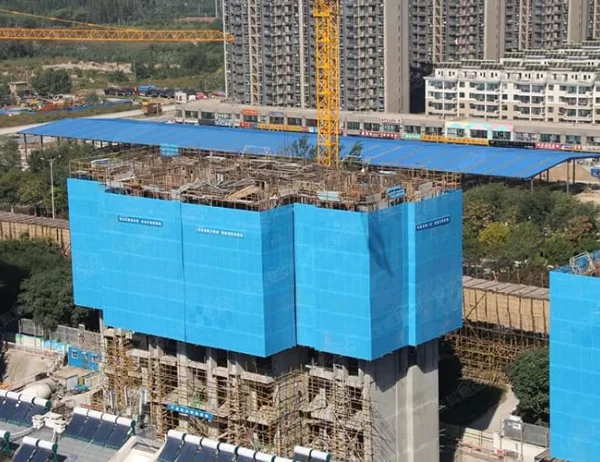Extruded aluminum tubes offer a myriad of advantages for various industrial and construction applications. Their lightweight, strength, versatility, and recyclability make them an ideal choice for multiple purposes. However, to achieve maximum efficiency with extruded aluminum tubes, it is essential to consider specific tips and techniques. This article provides comprehensive guidance to harness the full potential of extruded aluminum tubes, maximizing their benefits while optimizing performance and cost-effectiveness.
Choosing the appropriate alloy for extruded aluminum tubes is crucial. Different alloys exhibit varied properties, such as strength, corrosion resistance, and machinability. It is essential to assess the specific requirements of the application and select an alloy that aligns with those needs. For instance, alloys 6061 and 6063 offer excellent corrosion resistance, while alloys 7075 and 7050 provide superior strength. Consulting with aluminum tube manufacturers can provide valuable insights into selecting the optimal alloy for specific applications.
Efficient design of extruded aluminum tubes involves optimizing shape, wall thickness, and tolerances. Square and rectangular tubes provide greater strength than round tubes under certain load conditions. The wall thickness of the tube should be tailored to the anticipated load and pressure requirements. Excessive wall thickness adds unnecessary weight and cost, while insufficient thickness may compromise structural integrity. Additionally, maintaining tight tolerances ensures accurate dimensions and precise fits, reducing the need for time-consuming adjustments and rework.
The surface finish of extruded aluminum tubes not only enhances their aesthetic appeal but also improves their performance and longevity. Anodizing provides a protective oxide layer that enhances corrosion resistance and wear resistance. Powder coating offers a wide range of color options, improves durability, and provides additional UV protection. Additionally, chemical etching can create intricate patterns or textures, enhancing the adhesion of coatings and adhesives. Understanding the various surface finishing options and selecting the appropriate one can significantly extend the lifespan and functionality of extruded aluminum tubes.
Efficient assembly and joining of extruded aluminum tubes require specialized techniques and hardware. Welding is a commonly used method, but it can introduce heat-affected zones that compromise the tube’s strength. Mechanical fasteners, such as rivets and bolts, provide secure connections without compromising the tube’s structural integrity. Adhesive bonding offers a strong and durable bond but requires careful surface preparation and proper application techniques. It is important to consider the specific requirements of the application and select the appropriate assembly and joining methods to ensure optimal performance and durability.
Rigorous quality control measures are essential to ensure the reliability and longevity of extruded aluminum tubes. Non-destructive testing methods, such as ultrasonic and radiography, can detect hidden defects and ensure the integrity of the tube. Dimensional inspections verify adherence to specified tolerances, ensuring proper fit and function. Surface inspections identify any damage, imperfections, or corrosion, ensuring the tube’s aesthetic appeal and performance. Implementing comprehensive quality control processes guarantees the highest level of quality and reliability, minimizing the risk of failures and ensuring a long-lasting performance.




